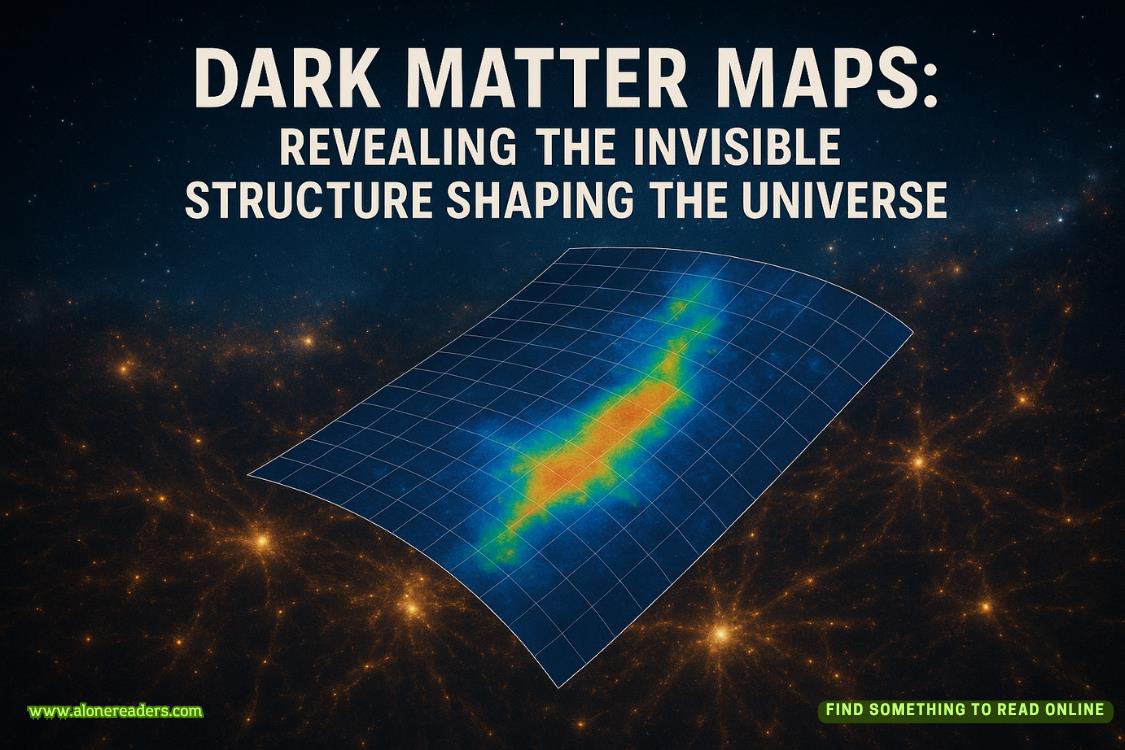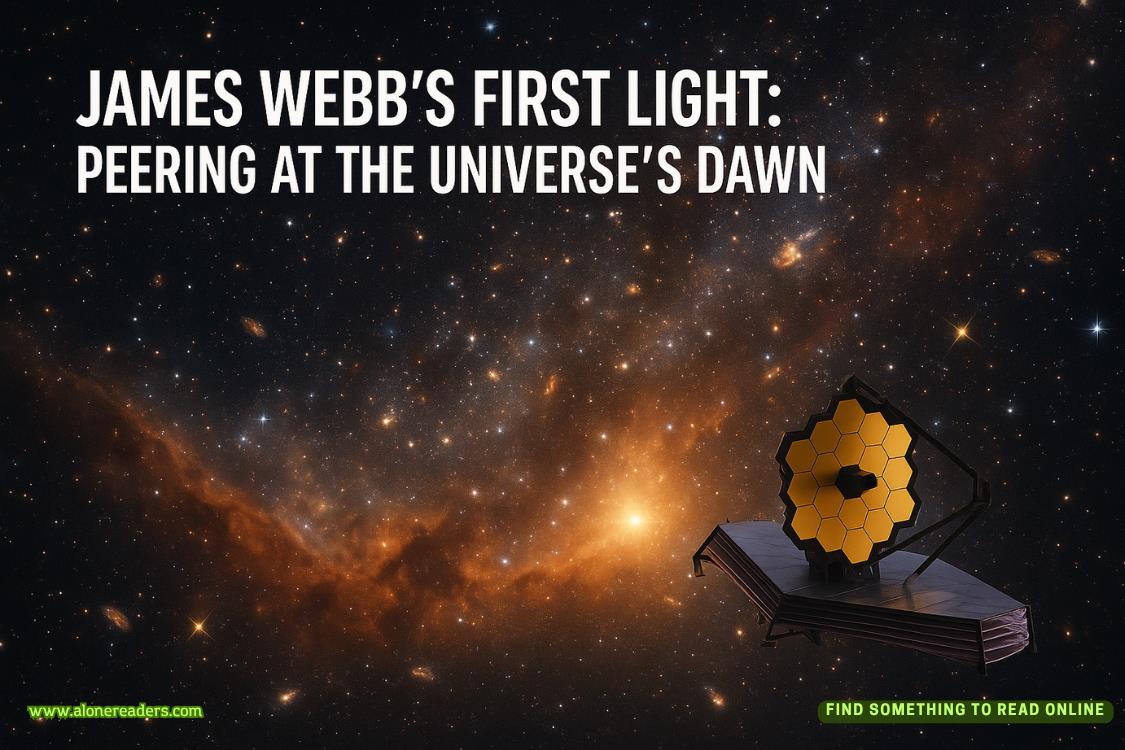“You stupid cow,” he snarled.
The interior doors whooshed open again. A wispy-haired man in white lab coat and baggy pants entered. His gaze oscillated from Simmons’s face to the gun. “What are you doing?”
Simmons grunted, daring Kayla to move. “Come in, Dr. Harkowsky.”
Harkowsky. He was the doctor Sara had mentioned in her notes.
“This woman is your avid fan,” Simmons said. “Briefly explain Brain Freeze to her.”
Harkowsky’s gaze remained fixed on the gun.
“Please, Doctor, now.”
Harkowsky cleared his throat. “Yes, of course, Fitz.”
“Fitz?” Kayla raised an eyebrow. “Are you having an identity crisis, Mr. Simmons? Your brother’s name was Fitzgerald. Sara said he was named after F. Scott Fitzgerald, your mother’s favorite author.”
“I’ve taken his name as an homage. Proceed, Doctor.”
“Yes, of course. Recessive inheritance, which explains such deformities as albinism, hemophilia, and brachydactyly . . . short fingers”—Harkowsky wiggled his hand to demonstrate—“is our primary basis.”
“You’re too modest,” Simmons crooned. “Please explain the beauty of eugenics.Ourversion of eugenics.”
Nervous laughter erupted from the doctor. “You’ve heard of racial cleansing?”
“Yes.” Kayla noted the wires attached to Eve’s head, and a plan formed. “It’s the Nazis’ claim to fame.”
“Precisely. Are you aware that even bacteria have sex?”
“Doctor, stay on track,” Simmons ordered.
Harkowsky cleared his throat. “Mendel described a gene as a distinct unit of heredity. It influences a visible trait. If we slit open the genes, the protein-coded information is interrupted by non-coding sequences known as introns. If we remove the non-coding regions and splice together adjacent coding regions, called exons, the result will be mutations.”
“That’s enough. We’re done here. Thank you, Doctor.” Simmons prodded Kayla with the gun.
“Wait! Doctor, go on. I’m fascinated,” Kayla said, and inched to her right, toward Eve. “You slit open the genes using ionizing radiation and . . .”
“IRdoesn’t produce the kinds of mutations we seek.”
“It spawns mutations.”
“Yes. Bad mutations. We, or rather our research team members, seek good mutations.”
“Good mutations.” Kayla sidled a bit more, wishing she could place her hand on Eve’s foot for reassurance. “You’re altering personalities?”
“Indeed.” Harkowsky giggled with glee—he, the excellent teacher, and she, the star pupil. “Choosing good traits over bad through a single transduction, one gene inserted into theDNAcore, we can reprogram the genetic makeup of a person. We can create a working draft or an alternateDNAsequence of the human genome. For example, one of the first experiments of this kind involved voles.”
“Voles,” Kayla echoed.
“Yes. You see, the prairie vole has an excessive sex drive. If we replace his sex-drive gene with the gene from a meadow vole, which has a tremendous need to be monogamous, we create an infidelity inhibitor. In our current model, we promise our clients their child will be a perfect baby with a simple injection into the mother’s fetus. We can remove aggression or destroy signs of errant behavior. Using the Genome DAO, we can promote docility and obedience.”
Aha! Kayla had been right. The initials were acronyms. Docility and obedience corresponded toDAO.
“Why we can even enhance musical or sports talents, if that’s what the parent wishes.”
“Stepford children,” Kayla said.
“No, no, no,” Harkowsky protested. “The concept implies lack of free will.”















